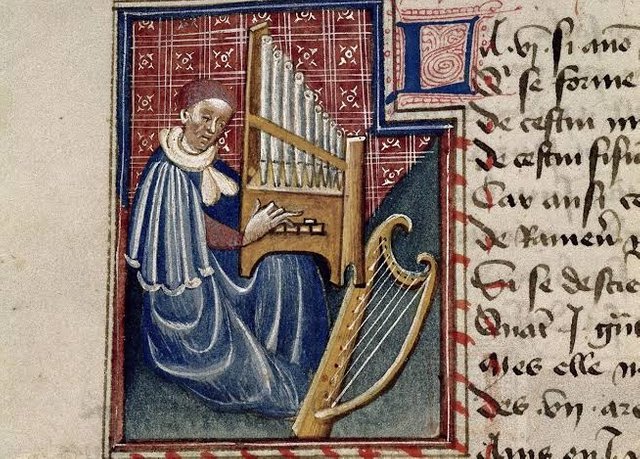History of music
.jpeg)
Source: https://www.medievalists.net/2018/03/how-was-music-invented/
The actual study of the early history of music begins about 40,000 years ago, and Europe is in danger of a dramatic change. The region at that time was the home of the Neanderthals, who had acquired it as an ancient human race dating back millions of years. But now a new kind of person - ours - was running all over Europe. Homo sapiens were as clever as Neanderthals were. Perhaps most importantly, they were armed with the most effective weapons. Within 5,000 years our species were widely distributed and multiplied by more than one Neanderthal 10 to one. Shortly thereafter the Neanderthals disappeared altogether.
The rapid pace of this change indicates that there was a significant difference between our species and Neanderthals. Evidence on the ground (and in the middle) confirms this case. For example, Neanderthals once lived in caves but most of them did not bother to decorate them, although evidence published in September 2014 states that they may have created confusing, mysterious art, attached to the cave wall of Gibraltar (see video below: debt: S. Finlayson, Gibraltar Museum).
However when our species came to the cave the walls became layers of magnificent paintings. Modern humans also began to paint pictures of human animals with ivory and ivory soon after their arrival in Europe. Also, with their new passion for visual arts, they began making orchestras for ivory and ivory.
"There is a clear musical tradition," said Nicholas Conard at the University of Tübingen in Germany, who helped find many excellent examples of these early instruments. "In southwestern Germany we have eight flutes from three different locations."
These artistic efforts at first may seem insignificant to the remarkable success of our species at the expense of Neanderthals. Indeed, some researchers have argued that music is simply a product of our intellectual development. For Conard and others, however, music and art were instrumental in helping those early modern people build a sense of team together and trust that allowed them to succeed.
The concept of elaborate art by the ancients (Philippe Psaila / SPL) (Credit: Philippe Psaila / SPL)
The concept of elaborate art by the ancients (Philippe Psaila / SPL)
“I would say that the symbolic art objects we find show that there were a lot of people who were down and this was a social glue that helped hold people together and contributed to their benefit,” he said.
Our poor Neanderthal cousins may have found it difficult to build that level of social cohesion and failed to compete in part because they lacked art and music.
Thank to all
@steemitblog
@steemcurator01
@steemcurator02
@steemcurator03
@stephenkendal
@shortsegments
@cryptokannon
@steemchiller
@jphamer1
@trafalgar
@xpilar
@upvu
@steemingcurators
@steem-agora
@reflektor
@hingsten
@bippe
@twinner
@upmewhale
@gotogether
@justyy
@successgr
@sct.krpw